The hall of presidents
They are an extraordinary group of scholars who have secured the University of Michigan’s reputation as one of the world’s leading public research institutions. Santa J. Ono now joins this exclusive club as U-M’s 15th president. (These images come from U-M’s Bentley Historical Library. Captions were sourced from the Office of the President.)
-
Don’t call it a gargoyle
Among the more curious of the Law Quad’s features are its corbels manning the three entrances to the quad along South University Avenue. Look up as you walk through the central passage to see stone figures designed in homage to several U-M presidents credited with making the university great. We are pretty sure this is Erastus O. Haven.
-
Henry Philip Tappan — 1852-1863
Somewhere in this photo, you’ll find President Tappan announcing news of the Confederate Army’s attack on Fort Sumter, April 15, 1861. This crowd in Courthouse Square would have been gathered near the intersection of North Main Street and East Huron Street. During his tenure, Tappan moved U-M from a classical curriculum to a broader scientific curriculum. He supported development of a library, laboratories, an art gallery, and astronomical observatory. Difficulties with the regents on matters both of policy and personality led to his dismissal in June 1863.
-
Erastus O. Haven — 1863-1869
A professor of Latin, history and literature from 1852-56, Haven was called to serve as president in the wake of the controversies surrounding Tappan’s dismissal. He was able to win over elements from both camps and succeeded in consolidating some of the reforms Tappan had instituted. He also secured an annual appropriation from the Legislature. (Do you think that Law Quad corbel captures his likeness?)
-
Henry Simmons Frieze – 1869-71; 1880-82; 1887
As you can see, no good deed goes unpunished. Frieze served three terms as interim president. He was a professor of Latin language and literature from 1854-89. The first time he stepped up followed President Haven’s resignation. Next, he served as acting president while Angell was abroad on diplomatic missions. Two significant innovations took place during his interim presidency: women were first admitted in 1870 and the diploma system of admission was instituted.
-
Frieze in Forest Hill
One afternoon during the pandemic, this editor went walking through Forest Hill Cemetery in search of familiar names. Henry Simmons Frieze’s monument was exceptional. The families of Ann Arbor founder John Allen and co-founder Elisha Walker Rumsey are buried there. So are Fielding H. Yost and Bo Schembechler.
-
James Burrill Angell — 1871-1909
President Angell’s mixture of good fellowship and a strong will made him the most influential of Michigan’s presidents. He served until 1909 — 38 years in which U-M expanded from three departments to seven; the faculty grew from 35 to some 250; and enrollment rose from about 1,000 students to more than 4,000. This photo, made for the July 1897 issue of The Michigan Alumnus “is the only picture ever taken of Dr. Angell at his desk in the ‘President’s Office.'”
-
Harry Burns Hutchins – 1909-1920
In August 1909, Hutchins, dean of the Law Department, was named interim president for one year to succeed President Angell. After several candidates, including Woodrow Wilson, declined to accept the presidency, the regents decided to make Hutchins president for a three-year term. Following some stormy negotiations, Hutchins accepted a five-year appointment. At the end of his term, the regents asked him to continue in office and Hutchins served until 1920. He is pictured here at Camp Davis, U-M’s surveying camp near Leland, Mich., ca, 1911.
-
Marion Leroy Burton – 1920-1925
Burton’s talent for organization and his expansive vision fit the needs and spirit of the post-war age. He doubled the University’s annual income and secured more than $10 million in appropriations and $2 million in gifts for new buildings. Burton is pictured here with Secretary of the Navy Edwin Denby (far left) and Fielding Yost (far right) at the dedication of Yost Field House in 1923. His tenure as president was tragically short, however. Burton died in February 1925 following a heart attack. (The other gentleman in the photo is unidentified.)
-
Alfred Henry Lloyd – Feb.-Sept. 1925
Following President Burton’s death, Lloyd, the dean of the Graduate School, was named interim president. He joined the Philosophy Department as an instructor in 1891 and became a full professor in 1906. Lloyd was named dean of the Graduate School in 1915. His daughter, Alice Lloyd, served as dean of women from 1930-50. Photos of Alfred Lloyd are scarce, so here is a photo of Alice at the Pretzel Bell, ca. 1937. She’s in profile at the table on the right.
-
Clarence Cook Little – 1925-1929
A cancer researcher with outspoken views on educational reform, Little often clashed with the faculty and deans and he resigned in June 1929. His support of eugenics shrouds his legacy in controversy; in 2018, the University removed his name from the C.C. Little Science Building, designed by Albert Kahn and built in 1923-25. It started as the East Medical Building.
-
Alexander Grant Ruthven – 1929-1951
Just weeks before the stock market crash of 1929, Ruthven was named U-M president. He received his PhD in zoology from Michigan in 1906 and immediately became an instructor in the department and curator, later director, of the University Museum. He guided the University through the Great Depression, World War II, and the beginning of post-war expansion. Ruthven retired as president in 1951. (In 1903, he clearly was a sassy student smoking a pipe in the laboratory!)
-
Harlan Hatcher – 1951-1967
Student population grew from 23,000 to 41,000 under President Hatcher. Under his 17-year tenure, the acquisition and development of the North Campus began, and the Flint and Dearborn campuses were opened. In 1964, President Lyndon B. Johnson (flanked here by Gov. George Romney and Hatcher) introduced the notion of a “Great Society” in his commencement address. Controversies over the firing of two faculty members during the McCarthy era and the rise of student activism also marked Hatcher’s years.
-
Robben Wright Fleming – 1968-1979
Fleming led the University through the tumultuous years of 1968-1979. Ann Arbor was a center of student activism, and Fleming’s patience and negotiating skills helped Michigan weather the decade without the destructive confrontations that struck some universities. It wasn’t all protest and violence though. Here, Fleming views blueprints for the Gerald R. Ford Presidential Library, Nov. 4, 1977. Pictured from left: Robert E. Barrett, President Ford, R.M. Warner, and Fleming.
-
Allan Frederick Smith – 1979
Here’s one for the trivia win at your next alumni club event: Smith was a Law School professor and former vice president for academic affairs who served in an interim capacity following Fleming’s resignation.
-
Harold Tafler Shapiro – 1980-1987
Shapiro joined the U-M Economics Department in 1964 and co-directed the Research Seminar in Quantitative Economics, famous for its economic forecasting models. “Smaller but better” became the watchword of his tenure as the university experienced a series of budget crises and declining rates of state support. In 1987, the Black Action Movement was resurrected as BAM III, and here, Jesse Jackson and Shapiro negotiate with student activists at Hill Auditorium. Shapiro ultimately resigned to become president of Princeton.
-
James Johnson Duderstadt – 1988-1996
A nuclear engineer by training, Duderstadt had served as dean of the College of Engineering and vice president for academic affairs. He initiated the Michigan Mandate to bring more diversity to campus and moved to reshape academic programs to prepare students for the global economy and information revolution. He also oversaw a major program of new construction and rehabilitation of the campus infrastructure. In 1988, he enjoyed this moment in Michigan Stadium with legendary Wolverine Tom Harmon.
-
Homer A. Neal – 1996
Interim president Neal received his Ph.D. in physics from U-M in 1966, joined the faculty in 1987, and was appointed vice president for research in 1993. Neal earned his bachelor’s degree at the age of 19 from Indiana University at a time when Black students were barred from entering the student union and were excluded from much of campus life. He went on to become a distinguished particle physicist. U-M recently renamed the Randall Laboratory addition the Homer A. Neal Laboratory.
-
Lee C. Bollinger – 1996-2001
Bollinger began his academic career in 1972 as an assistant professor in the Law School. He became a recognized authority on the First Amendment and authored several books on free speech issues. He served as dean of the Law School from 1987-94 before leaving to become provost of Dartmouth University. His tenure brought a renewed emphasis on the arts, highlighted by a residential program with the Royal Shakespeare Company. He resigned to become president of Columbia University.
-
B. Joseph White – 2002
Another interim president, White was appointed following Bollinger’s unexpected resignation. From 1991-2001, he served as dean of what is now the Ross School of Business. From 1992-2001, he was president of the William Davidson Institute. White received his PhD from Michigan and was the Wilbur K. Pierpont Collegiate Professor at the business school.
-
Mary Sue Coleman — 2002-2014; 2022
Coleman became U-M’s first female president in 2002. She led the University during the worst economic downturn since the Depression with new faculty hires, greater interdisciplinary teaching and research, major building projects, and the $3.2 billion Michigan Difference campaign. She retired after 12 years as president, and returned in 2022. In June 2021, the University renamed the Life Sciences Building in her honor. Mary Sue Coleman Hall is the first academic building on the Ann Arbor campus to be named for a woman.
-
Mark Schlissel — 2014-2022
Mark Schlissel served as president from July 2014 until Jan. 15, 2022. He was the first physician-scientist to lead the university. He joined U-M after serving as provost of Brown University. His administration included the launch of the Go Blue Guarantee, a financial aid program for Michigan residents, as well as the establishment of the President’s Commission on Carbon Neutrality. In January 2022, the Board of Regents removed him, and Mary Sue Coleman returned as president. In October 2022, Santa J.Ono took the helm as the University’s 15th president.


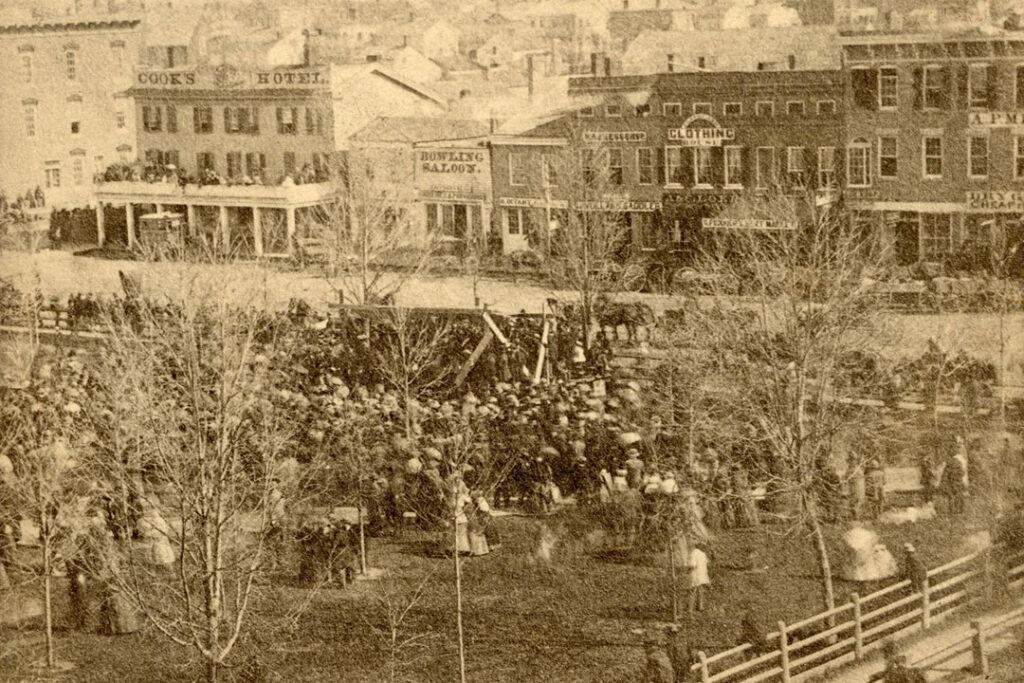
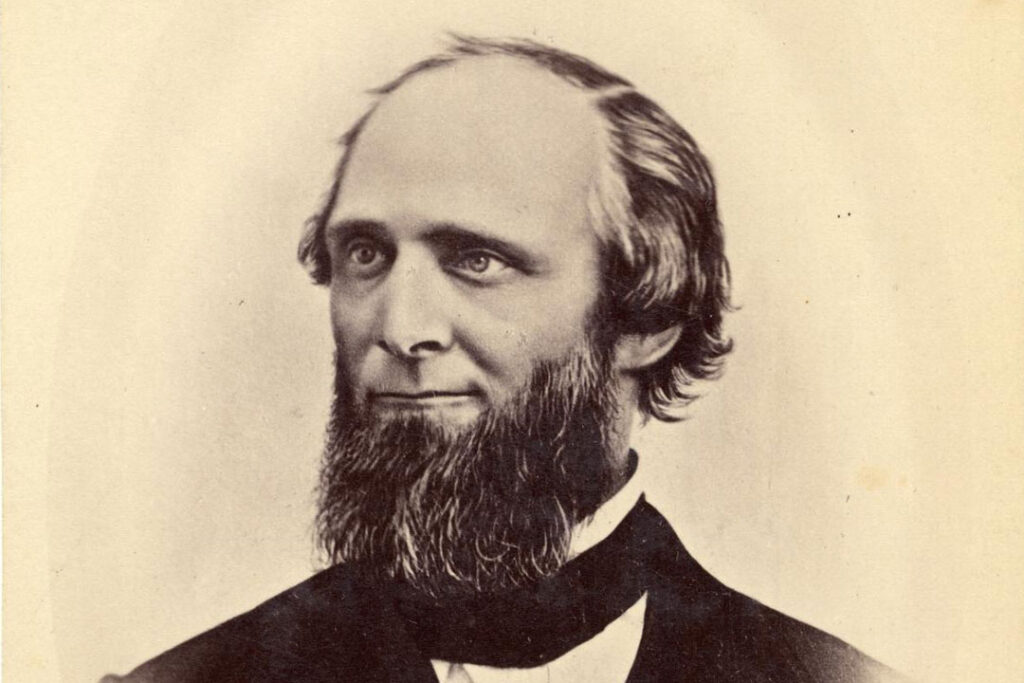
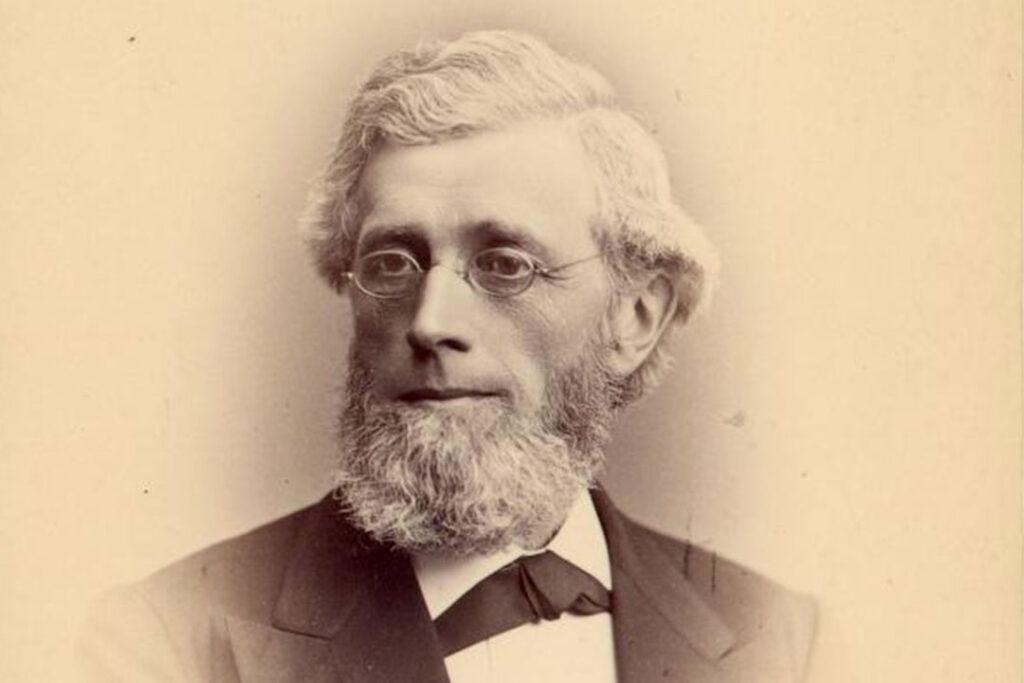

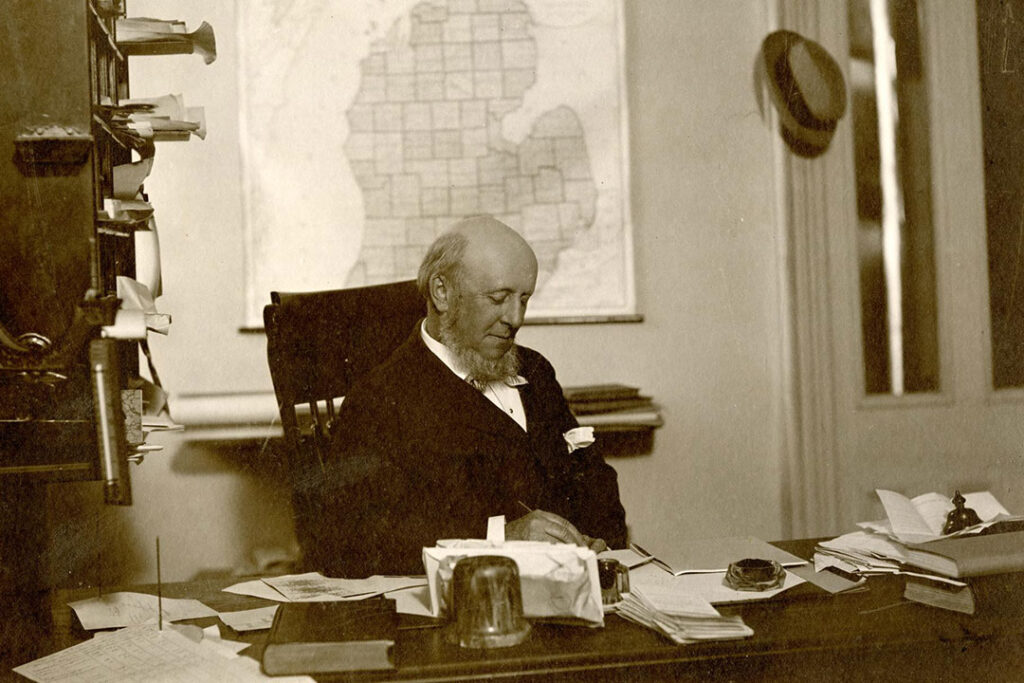
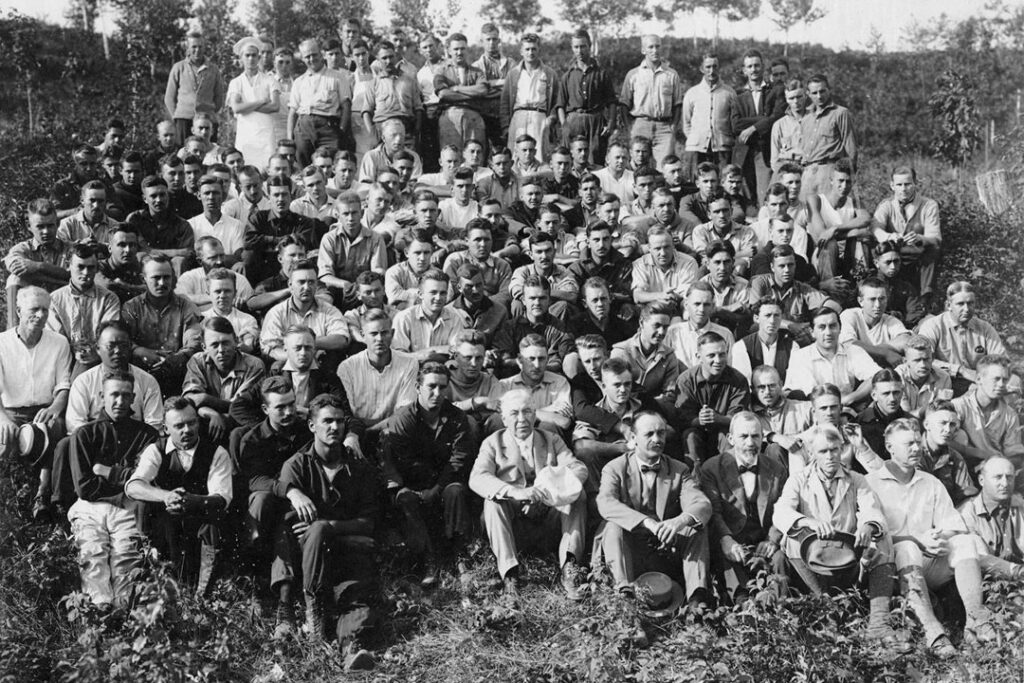


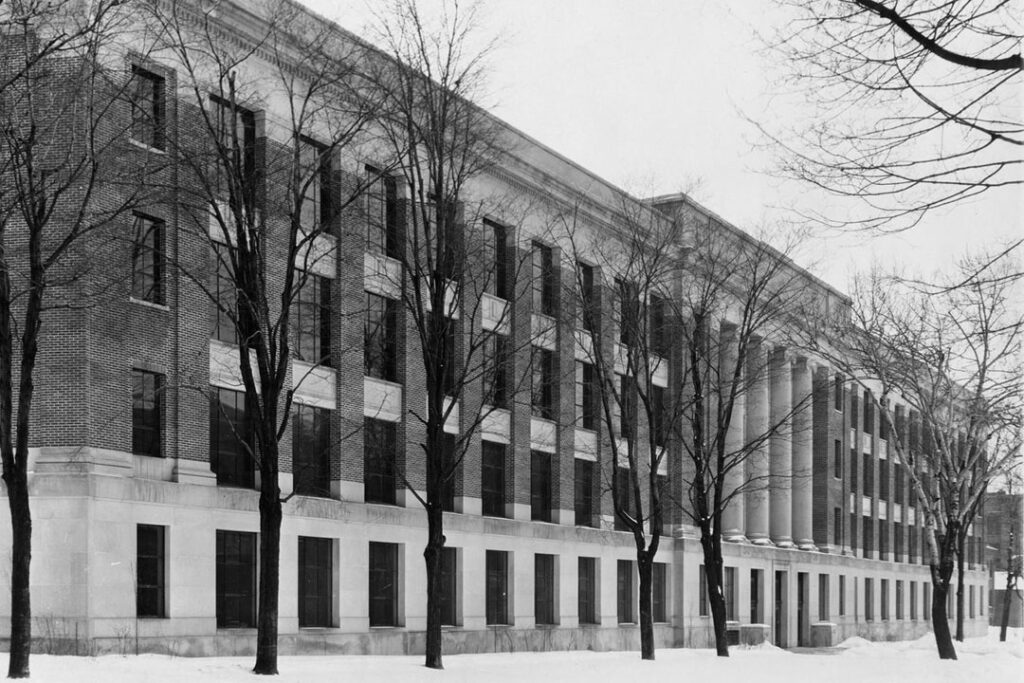
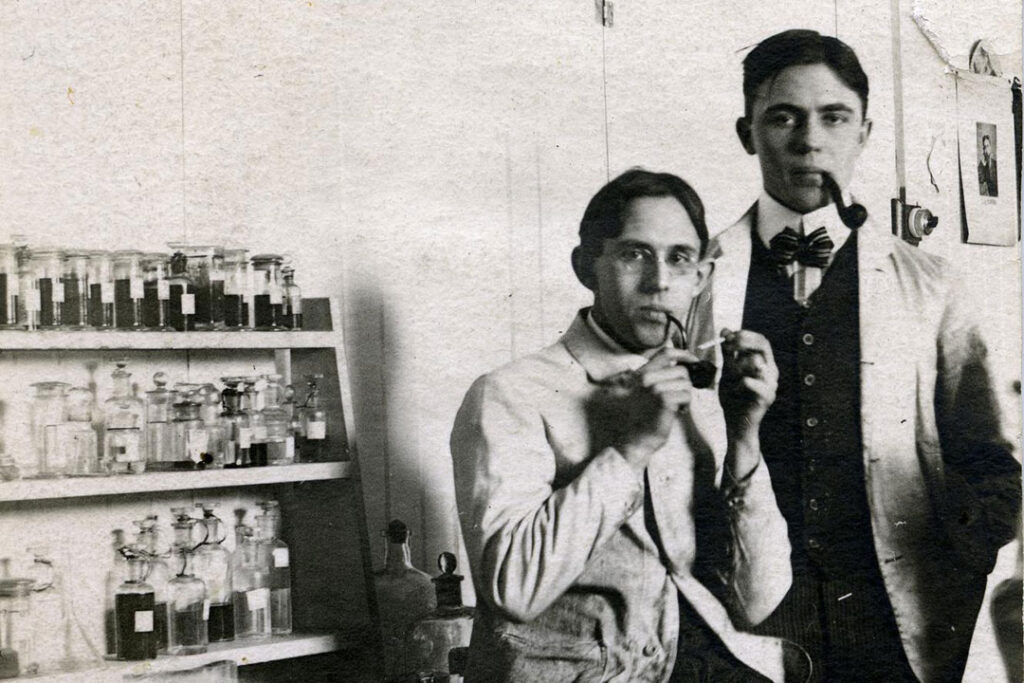
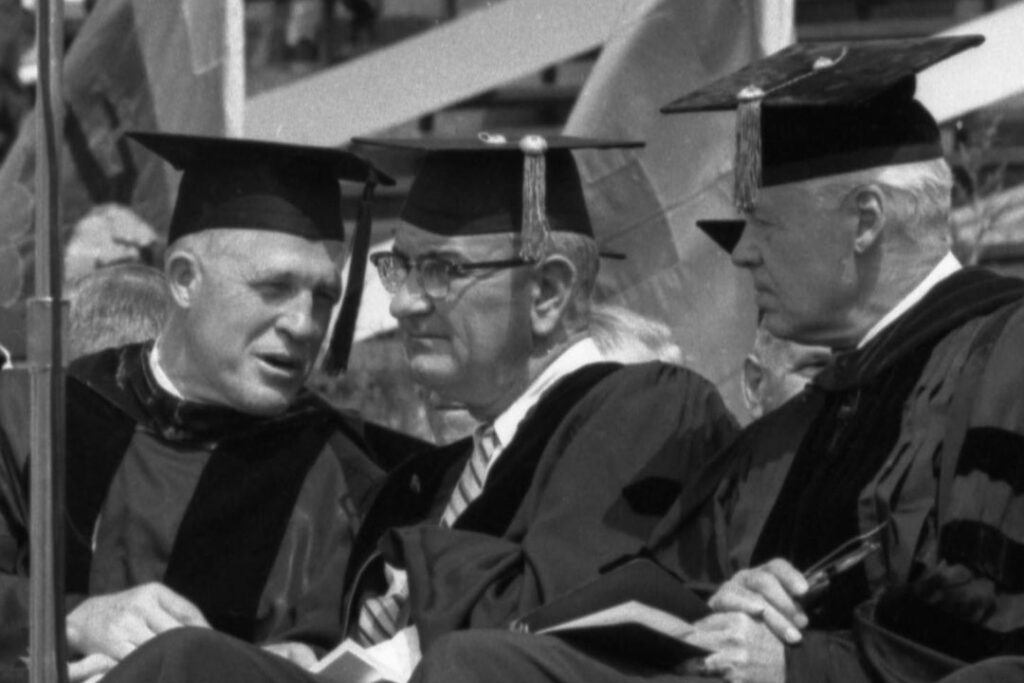
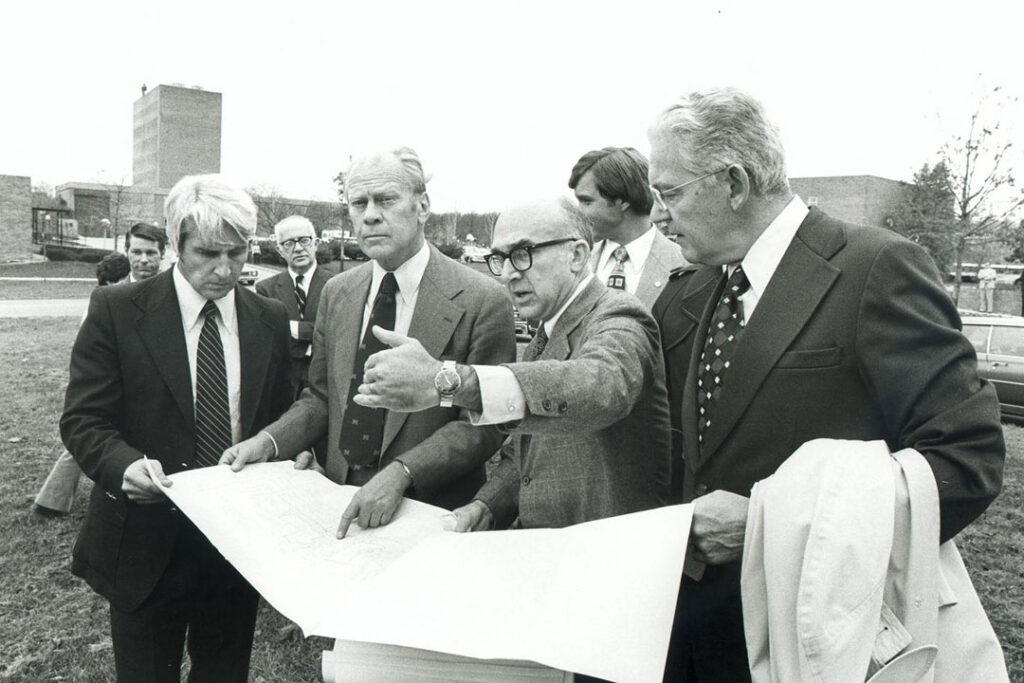

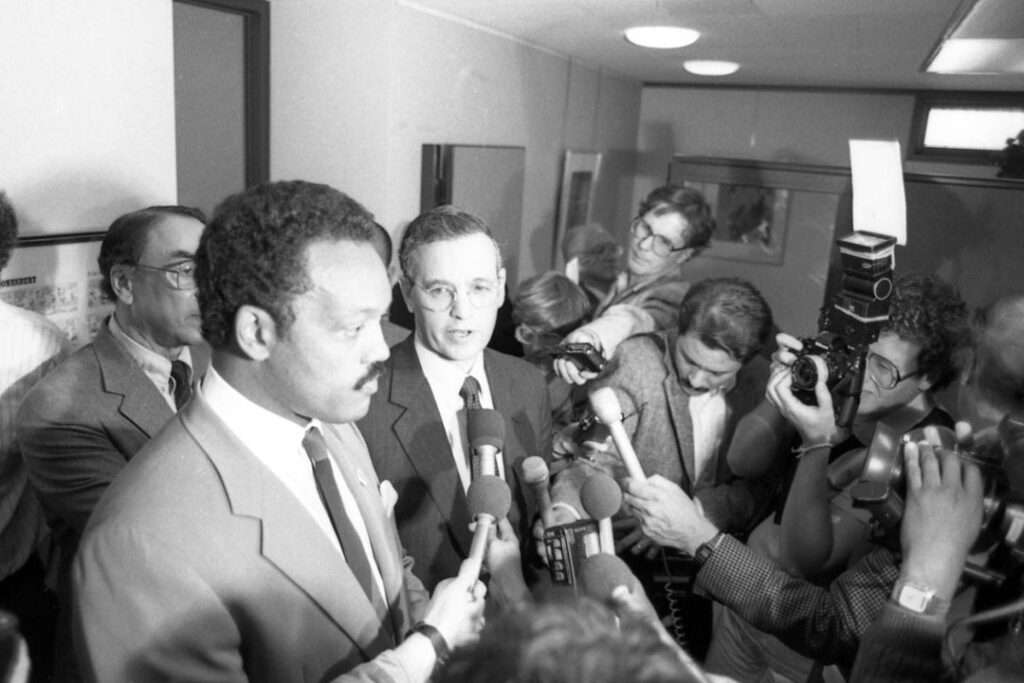
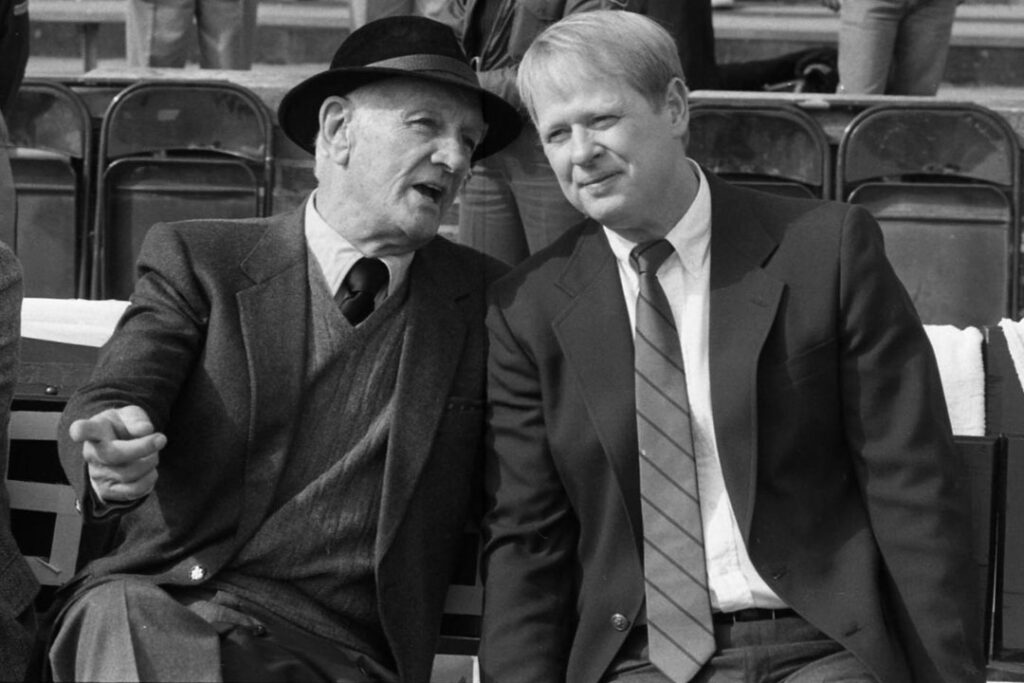


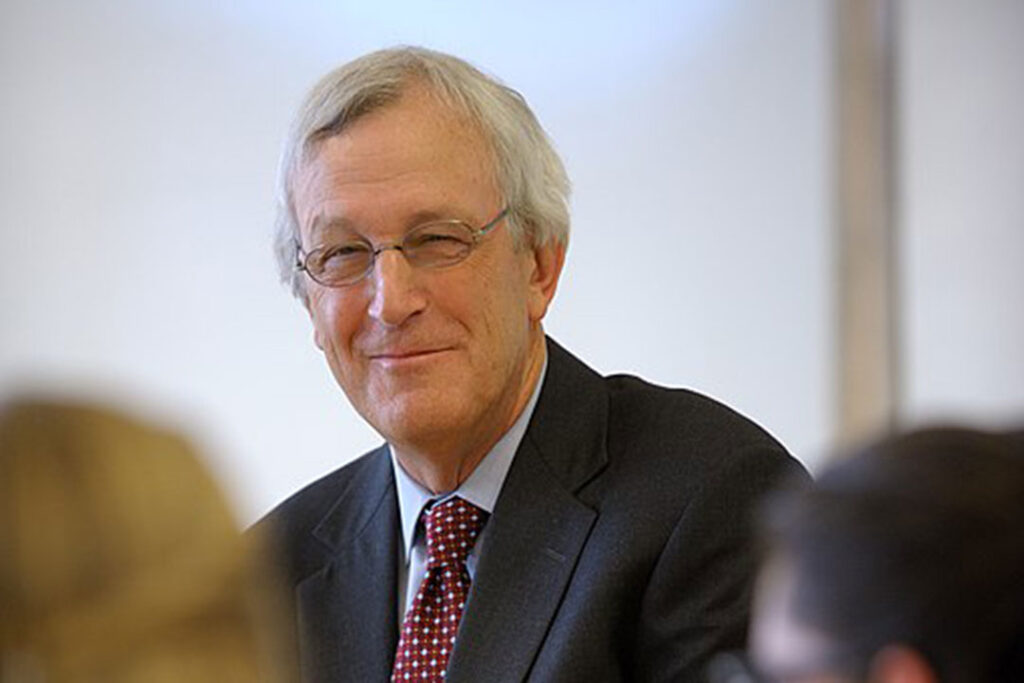

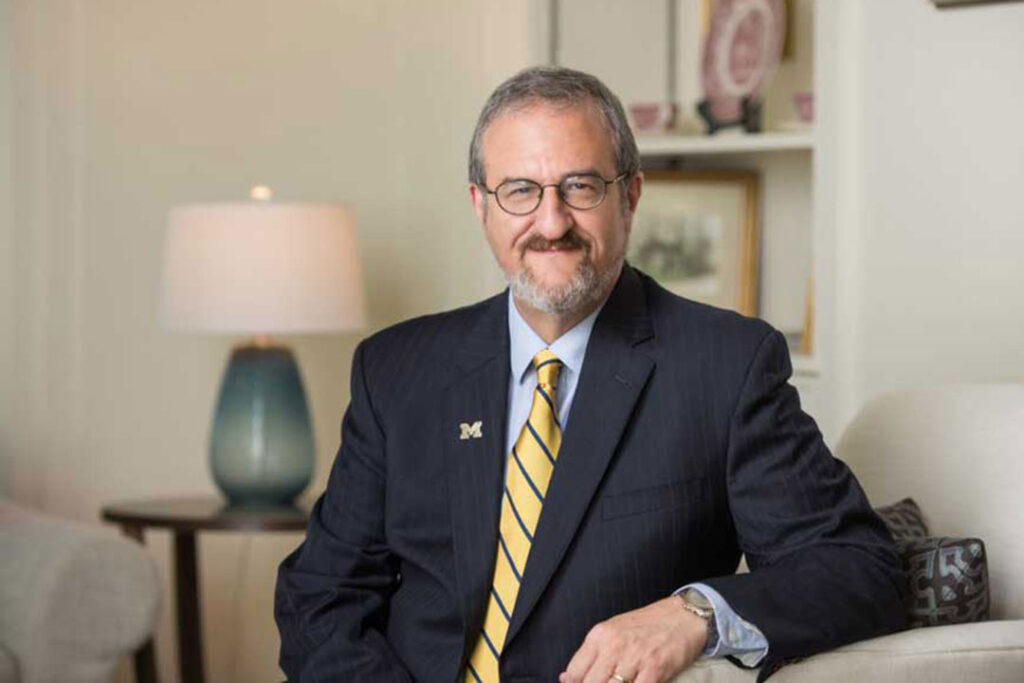

John Quimby - 1965 and 1967
E. O. Haven is my GG grandfather, and inspired me to do something with my life. That includes attending U of M.
He was also president of Northwestern, Chancellor at Syracuse, and a Bishop in the Methodist Episcopal Church.
I never told anyone while I was a student there. I didn’t want that to be a factor in my status there. Making the Dean’s List was enough.
Reply
Floyd Miller - 1978
I enjoyed reading and viewing this article. It was interesting to connect many names of buildings I remember with their namesakes.
Reply
Jerome Greene DDS - 1957
Proud to be a graduate
I recieved great Respect because of it
Reply